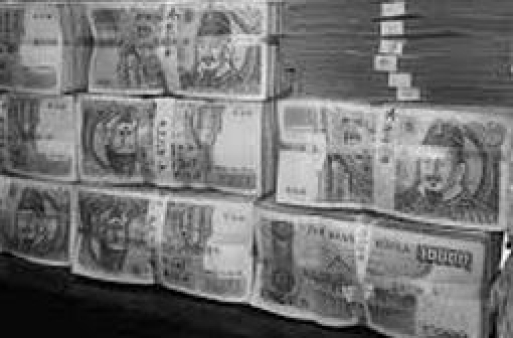
NPLs become a booming business for Korean banks
Generates annual return rate of up to 10%.
South Korean banks are seeing vigorous growth in the non-performing loan (NPL) market. They cleared bad debts amounting to US$14.6 billion in 2012 compared to US$5.7 billion in 2008, said an estimate by the banks and government authorities. An NPL is a debt that it is at risk of default because a borrower has failed to pay back interest or principal for over 90 days. It can be transferred to a so-called “bad bank” that clears the insolvent loan through write-downs and sells them to financial firms at a bargain. There are currently two Korean bad banks, otherwise known as asset management companies: UAMCO, jointly set up by six banks, and Woori F&I Co., a subsidiary of state-run Woori Finance Holdings Company. The NPL business became a new source of profit for banks following the subprime mortgage crisis in 2008 when bankrupt firms produced massive amounts of bad debts. It generates an annual return rate of up to 10%, causing smaller capital financing firms to try to enter the market. Analysts, however, are concerned the NPL market’s fast growth is encouraging the spread of illegal debt collections by private money lenders.






















 Advertise
Advertise








